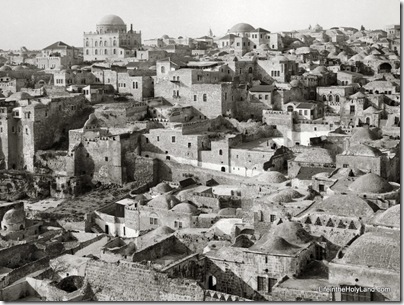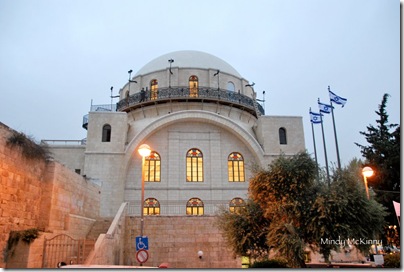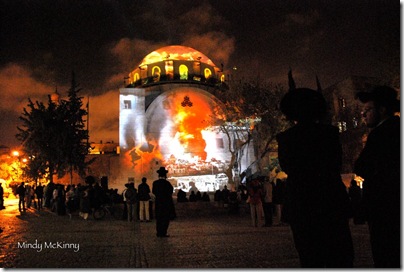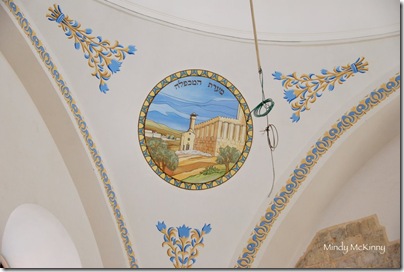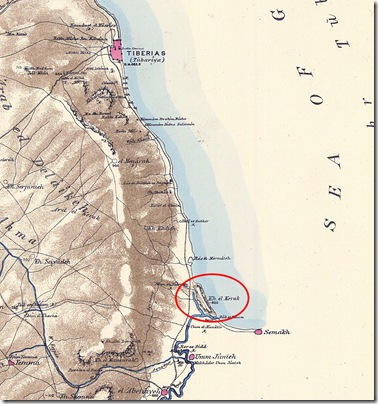The Caspari Center Media Review has two unrelated stories that may be of interest to readers here:
Signposts and directions to the Cenacle [Upper Room on Mount Zion] were defaced by anonymous vandals this past week, adding insult to the injury felt by Christian tourists faced with the piles of refuse and rubbish it contains and making it difficult for them to find their way to the site (Yediot Yerushalayim, March 19).
Other Christian sites are no more attractive to pilgrims, according to a report in Ma’ariv (March 21). According to Yuval Peled, who accompanied a group of Italians who had come to film the Galilee in which Jesus grew up, lived, and taught, “After two or three days of shooting, they abruptly announced that they were leaving. ‘They told us, “You’ve destroyed the story for us, with all the pollution, electricity wires, and infrastructure. This isn’t what we were taught about the place where Jesus grew up,”‘ he recalls. The crew, which had planned to broadcast the film on Italian television – the country considered to be the capital of Christianity – told us that here, in the most authentic place in which the founder of their religion lived, we had destroyed their associations [to it] with pollution and infrastructure. Out of disappointment and despair, they left, and went to shoot the film in Tuscany.”
This sounds like a bit of an overreaction to me. I don’t like the pollution and wires either, but Galilee is remarkably primitive. Imagine what the lakeshore would be like if it was in the U.S.
I can’t say I have ever thought of Italy as the “capital of Christianity.”
